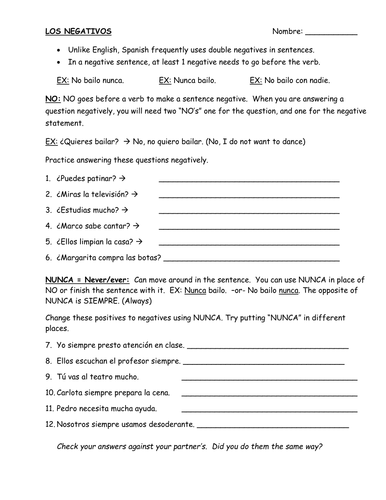Have you ever found yourself in a situation where someone asks you a series of questions, and your initial response is to want to say “no” to every single one of them? Maybe it’s a pesky salesperson asking if you’re interested in their product, or perhaps it’s a friend who keeps pushing you to do something that doesn’t align with your goals. Whatever the scenario, it can be tempting to just shut down and avoid the conversation altogether.
The Art of Saying No: 3 Questions You Don’t Want to Answer Negatively
In this post, we’ll explore three common scenarios where saying “no” might not be enough. Instead, we’ll delve into the art of crafting complete sentences that effectively communicate your boundaries and priorities.
No. 1: The Pressure to Commit
Have you ever felt like you’re being forced to commit to something before you’re ready? Whether it’s a business opportunity, a social engagement, or a personal promise, feeling pressured can be overwhelming. When someone asks if you’re “in” for the latest startup idea or willing to “be there” for their big event, it’s essential to respond thoughtfully and clearly.
This is where the power of complete sentences comes in. Instead of simply saying “no,” try framing your response with a clear and concise statement that reflects your priorities and boundaries. For example:
“I appreciate the opportunity, but I need more time to consider it before making a decision.”
This approach not only shows you’re taking the request seriously but also gives you space to carefully evaluate the opportunity without feeling pressured into committing prematurely.

In our previous section, we explored the first scenario where saying “no” might not be enough – the pressure to commit. Now, let’s dive into two more common situations where it’s crucial to craft complete sentences that effectively communicate your boundaries and priorities.
No. 2: The Request for a Favor
Have you ever had a friend or colleague ask you to do something that doesn’t align with your values, goals, or schedule? Perhaps they need help moving on Saturday morning, or maybe they want you to cover their shift at work. While it’s natural to want to be helpful, saying “no” without a clear explanation can lead to misunderstandings and hurt feelings.
This is where the power of complete sentences comes in. Instead of simply saying “no,” try framing your response with a clear and concise statement that explains your reason for declining. For example:
“I understand how much this means to you, but I have a prior commitment on Saturday morning that I need to prioritize.”
This approach shows that you’re taking the request seriously and are willing to explain yourself in a way that’s respectful of the other person’s time and feelings.
No. 3: The Persistent Proselytizer
Have you ever found yourself dealing with someone who just won’t take “no” for an answer? Whether it’s a salesperson, a recruiter, or a well-meaning friend, sometimes people can be relentless in their pursuit of your time and attention. When this happens, it’s essential to respond thoughtfully and clearly without being confrontational.
This is where the power of complete sentences comes in. Instead of simply saying “no,” try framing your response with a clear and concise statement that sets boundaries and redirects the conversation. For example:
“I appreciate your enthusiasm, but I’ve decided to focus on my own goals and priorities right now. Can we table this conversation for another time?”
This approach shows that you’re taking control of the conversation and are willing to set clear boundaries without being dismissive or aggressive.
As we’ve seen in these three scenarios, saying “no” might not be enough on its own. Instead, crafting complete sentences that effectively communicate your boundaries and priorities can help you navigate even the most challenging conversations with confidence and clarity. In our next section, we’ll explore some practical tips for making this approach a part of your daily communication routine.
This article from HuffPost provides additional guidance on how to say no effectively in different situations. By following these tips and incorporating the power of complete sentences into your conversations, you’ll be better equipped to handle even the most persistent proselytizers with ease.
Unlock the Power of Positive Thinking
We are ready to answer your questions, day or night.
Start chatIn this conclusion, we’ve explored three scenarios where saying “no” might not be enough. Instead of shutting down or simply responding with a negative answer, we’ve learned the art of crafting complete sentences that effectively communicate our boundaries and priorities.
We’ve seen how framing our responses in a thoughtful and clear manner can help us avoid feeling pressured into committing prematurely. By using sentences like “I appreciate the opportunity, but I need more time to consider it before making a decision,” we can maintain control over our decisions while still showing respect for the other person’s request.
So, the next time someone asks you a series of questions and your initial response is to want to say “no” to every single one, remember that there’s power in saying yes – to yourself. By prioritizing your own needs and boundaries, you can maintain a sense of control and confidence in your decisions.
As we wrap up this post, keep in mind that the art of saying no is not just about avoiding commitments; it’s also about embracing your true priorities and values. So go ahead, take the time to consider each request thoughtfully, and remember that a well-crafted sentence can be the key to unlocking a more fulfilling life.




